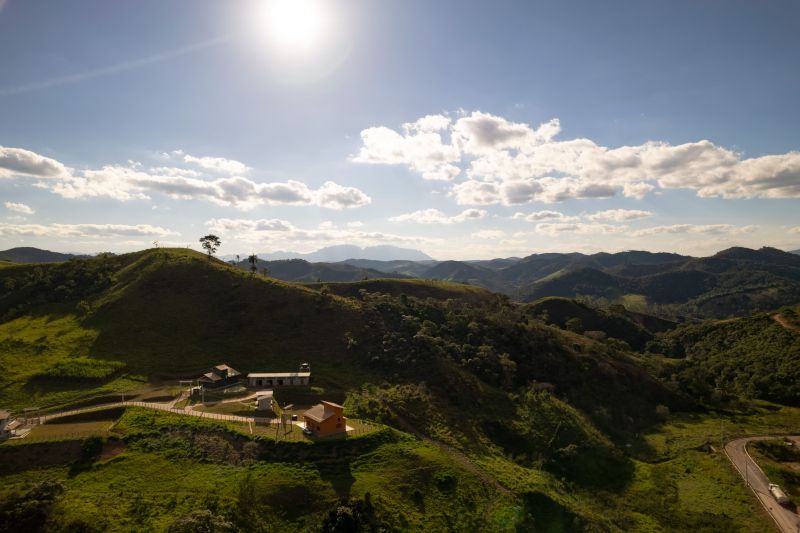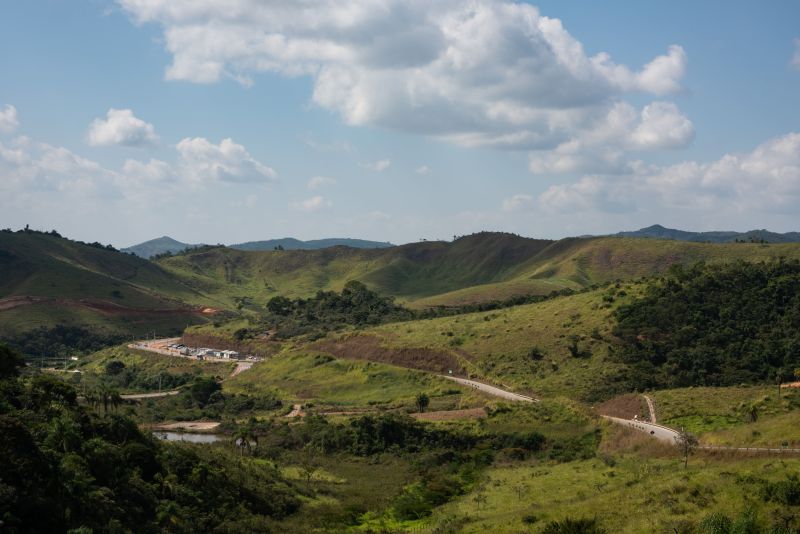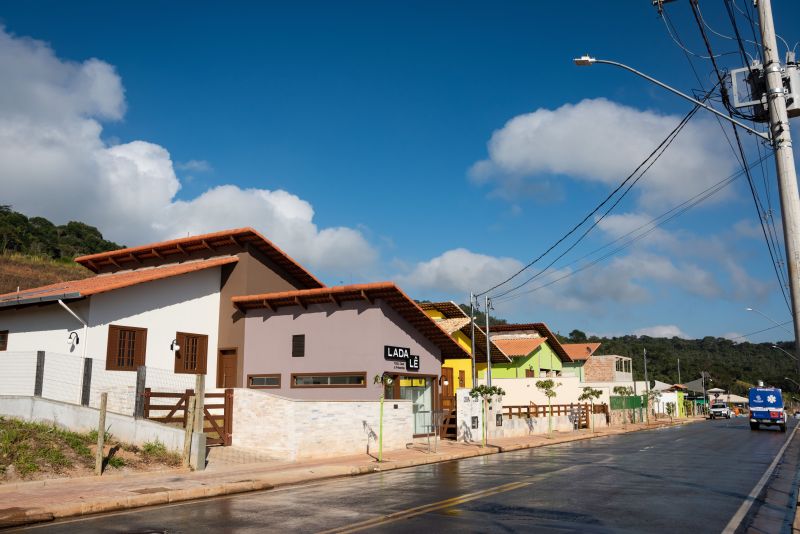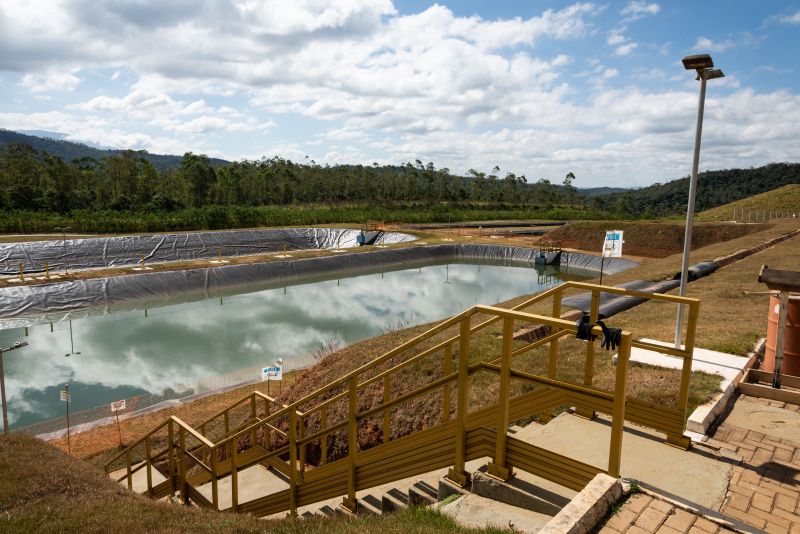On November 5, 2015, the world watched in horror as the Mariana dam disaster unraveled—a catastrophic failure that unleashed a torrent of toxic sludge, obliterating the small town of Bento Rodrigues in Brazil and claiming lives in its wake. This tragedy, one of the most devastating in recent history, exposed glaring deficiencies in dam safety regulations that could no longer be overlooked.
But how did a structure designed to withstand the tests of nature and human engineering transform into an agent of destruction? To answer this, we must delve into the complex web of regulatory failures, corporate negligence, and systemic oversight that not only permitted such a disaster to occur but also left countless communities vulnerable. In dissecting these failures, we confront difficult questions about the adequacy of current safety protocols, the responsibilities of those charged with safeguarding human life and the environment, and the lessons we must learn to prevent future catastrophes.
As we analyze the Mariana dam disaster, we unveil a sobering narrative that intertwines ambition, greed, and the devastating consequences of inaction.
Background of the Mariana Dam

The Mariana Dam, a massive structure located in Brazil’s Minas Gerais state, was intended to be a marvel of modern engineering, designed to support economic growth through iron ore mining. Constructed by Samarco, a joint venture between Vale S.A. and BHP Billiton, it was touted not only for its capability to store vast amounts of mining waste but also for its supposed adherence to stringent safety regulations.
However, behind this façade of stability lay deep-seated issues—flawed risk assessments, inadequate monitoring systems, and a troubling history of corporate negligence. The dam’s catastrophic failure in November 2015 unleashed a torrent of iron ore tailings, devastating the surrounding environment, obliterating communities, and claiming lives.
This disaster became a grim reminder of the dire consequences of prioritizing profit over safety, highlighting severe gaps in the regulatory framework governing dam safety in Brazil and raising urgent questions about accountability and governance in the mining industry.
Human and Institutional Factors Contributing to the Disaster

The Mariana dam disaster starkly underscores the interplay of human and institutional failures that precipitated such a catastrophic event. Key players, including regulatory bodies, engineering firms, and corporate stakeholders, often prioritized profit over safety, neglecting to implement essential risk assessments and maintenance protocols.
In the shadows of this negligence loomed a culture that fostered complacency, where warnings about structural vulnerabilities were overlooked or downplayed. Furthermore, the lack of robust regulatory frameworks and enforcement mechanisms allowed inadequate safety standards to persist unchallenged.
This confluence of lax oversight, insufficient training, and a prevailing ethos that devalued long-term environmental impacts ultimately created a perfect storm for disaster. As mounting evidence indicated systemic flaws and corner-cutting practices, the complacency of those entrusted with safeguarding public resources only deepened, culminating in a tragedy that resonates with profound implications for dam safety across the globe.
Lessons Learned

The Mariana dam disaster serves as a grim reminder of the critical shortcomings within dam safety regulations that must be addressed. First and foremost, it underscores the necessity for stringent oversight and comprehensive risk assessments; lax enforcement created a false sense of security that ultimately led to catastrophic failure.
Additionally, the need for transparent communication between various stakeholders—including regulators, operators, and local communities—cannot be overstated. When disaster strikes, it is often the absence of clear channels that exacerbates the chaos.
Furthermore, this tragedy highlights the imperfection of relying solely on historical data for forecasting potential failures, revealing an urgent need for innovative approaches to risk evaluation. Lessons drawn from this harrowing event must foster a paradigm shift in how we approach dam safety—prioritizing resilience, accountability, and proactive measures to safeguard lives and environments alike.
Conclusion
In conclusion, the Mariana dam disaster serves as a stark reminder of the critical need for robust dam safety regulations and thorough oversight within the industry. The catastrophic failure of the Barragem de Fundão highlighted significant gaps in risk assessment, emergency preparedness, and regulatory enforcement that can lead to devastating consequences for communities and the environment. As we analyze the failures that contributed to this disaster, it becomes clear that a comprehensive reform of safety protocols, enhanced monitoring systems, and a commitment to transparency are essential to prevent similar tragedies in the future.
By learning from the shortcomings exposed by this incident, stakeholders can work together to establish a safer framework that prioritizes human and environmental integrity over short-term economic gains.


